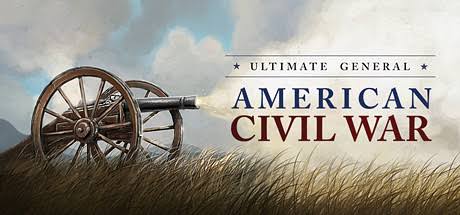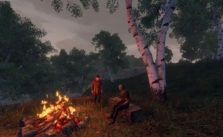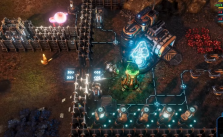Ultimate General: Civil War – Tips and Tricks for Beginners
/
Articles, Misc. Guides /
14 Jul 2017

Tips and Tricks for New Players
- Most important tip: Remember which units are “yours,” meaning the ones you’re building and upgrading between battles. Minimize their losses. Other forces dispatched to aid you should take the heavy losses upfront while your chrome-plated veterans in the 1st Corps hang back and overwhelm the enemy with supporting fire. In your first battle at Phillipi, “your” units are Woods, Scales, Loomis, and Walton, so have Zook volunteer to lead when crossing the bridge.
- Save your game immediately after winning or losing a battle. Once you “Apply” an upgrade, you can’t change it. Saving after the battle exit allows you to correct mistakes during the Army makeup sessions. For example, upgrading a 1000-man Brigade by buying fancy weapons while also adding, say, another 1000 veterans can easily cost $30-40,000 with a single click.
- Selling captured or obsolete weapons is a good way to earn money. Just make sure you won’t need them again, as you only get half value when you sell them.
- Be careful when setting up artillery brigades since limited inventory can make it difficult to switch weapons. Free cannons, either provided by the government or captured, are great. Use them whenever possible.
- Play around with adding veteran vs. green troops. Veterans maintain unit “quality,” but green recruits will lower it. Adding too many green recruits can make a “starred” unit lose its “perk,” causing a significant quality drop. Stop adding green recruits when this happens and start adding veterans instead. You can add troops multiple times—add some vets, then greens, and more vets, etc.
- Each Corps can have a supply level set, receiving a supply wagon. When fielding multiple Corps in a battle, make sure they’re all supplied!
- You can move Brigades between Divisions and Corps. Just pick up the Brigade with your mouse and drop it where you want it to go. You can also move entire Divisions between Corps if there’s an open slot. The game may arbitrarily decide which Brigades join as reinforcements, but you can control some choices by positioning the Brigades you don’t want in a different Corps.
- Reputation has three uses:
A. Provides additional morale for your army at higher levels.
B. A resource for requesting additional men, money, weapons, or officers.
C. Most importantly, it determines your success as a General. If it drops too low, you can be relieved of command, ending the war early.
I usually only request resources before major battles like Shiloh. Strengthening my army in critical fights is worth the tradeoff. Putting the best weapons in the hands of my most experienced brigades is vital. However, if you’re confident, you can leave your reputation as a morale booster.
- Stick to infantry brigades when your army is small. Infantry is the backbone of any defense or offense. Cavalry is useful for scouting and cutting down skirmishers/artillery but is weak against infantry. Skirmishers, with their advanced rifles, can be effective but aren’t meant to hold positions.
- Armory: As battles progress, you’ll collect captured weapons. Pre-purchase weapons to keep them in stock, or sell them for money. When creating a new Brigade, it will show how many rifles/cannons are in your armory. Arm new brigades with captured weapons to reduce costs.
- Barracks: Officers are essential to your army, from Corps commanders to Brigade leaders. Higher-level officers provide command and efficiency bonuses. For example, a Major may struggle to command a 2000-man regiment, so it’s better to assign at least a Corporal or higher to larger Brigades. Wounded officers return after campaigns, while dead officers are lost forever.
- Skills: Winning battles gives you skill points to further define your General. Army Organization is a unique skill. In larger battles, like Gaines Mill, you can bring 3+ Corps, which helps with flanking and reinforcements. If you prefer fewer but more experienced and well-equipped troops, you can play that way too.
- Don’t always max out Brigade size. Adding rookies to veteran units may not always be the best move. Consider creating new brigades for additional battle support.
- Cavalry: There are two types, depending on their weapons. Melee Cav (armed with pistols and swords) excel in open areas but can’t dismount. They’re great for attacking undefended artillery and supplies or wiping out routed brigades. Carbine Cav are mounted skirmishers. Always dismount them in combat—they’re better suited for scouting and moving across the battlefield quickly.
Cav units are expensive due to the cost of horses, so keep this in mind when expanding your army.










